
INTRODUCTION:
Cinema, a term commonly referred to the business of making films or movies and the commercial ecosystem of bringing these films to its its customers, commonly referred to as Audience or Moviegoers.
Term, History & Origins:
Borrowed from French cinéma, shortening of cinématographe (term coined by the Lumière brothers in the 1890s), from Ancient Greek κίνημα (kínēma, “movement”) + Ancient Greek -γράφειν (-gráphein, “write(record)”).
No one person invented cinema. However, in 1891 the Edison Company in the USA successfully demonstrated a prototype of the Kinetoscope, which enabled one person at a time to view moving pictures. The first to present projected moving pictures to a paying audience (i.e. cinema) were the Lumière brothers in December 1895 in Paris.
At first, films were very short, sometimes only a few minutes or less. They were shown at fairgrounds and music halls or anywhere a screen could be set up and a room darkened. Subjects included local scenes and activities, views of foreign lands, short comedies and events considered newsworthy. The films were accompanied by lecturers, music and a lot of audience participation—although they did not have synchronised dialogue, they were not ‘silent’ as they are sometimes described.
By 1914, several national film industries were established. Europe, Russia and Scandinavia were as important as America. Films became longer, and storytelling, or narrative, became the dominant form.
As more people paid to see movies, the industry which grew around them was prepared to invest more money in their production, distribution and exhibition, so large studios were established and special cinemas built. The First World War greatly limited the film industry in Europe, and the American industry grew in relative importance. The first 30 years of cinema were characterized by the growth and consolidation of an industrial base, the establishment of the narrative form, and refinement of technology.
ADDING COLOUR
Colour was first added to black-and-white movies through tinting, toning and stencilling. By 1906, the principles of colour separation were used to produce so-called ‘natural colour’ moving images with the British Kinemacolor process, first presented to the public in 1909. The early Technicolor processes from 1915 onwards were cumbersome and expensive, and colour was not used more widely until the introduction of its three-colour process in 1932.
ADDING SOUND
The first attempts to add synchronised sound to projected pictures used phonographic cylinders or discs. The first feature-length movie incorporating synchronised dialogue, The Jazz Singer (USA, 1927), used the Warner Brothers’ Vitaphone system, which employed a separate record disc with each reel of film for the sound. This system proved unreliable and was soon replaced by an optical, variable density soundtrack recorded photographically along the edge of the film.
MODERN CINEMA
By the early 1930s, nearly all feature-length movies were presented with synchronised sound and, by the mid-1930s, some were in full colour too. The advent of sound secured the dominant role of the American industry and gave rise to the ‘Golden Age of Hollywood’. During the 1930s and 1940s, cinema was the principal form of popular entertainment, with people often attending cinemas twice weekly. In Britain the highest attendances occurred in 1946, with over 31 million visits to the cinema each week.
CINEMA - CRITICAL AREAS
To analyze and write or talk about movies, we need to start with a clear understanding of film components that are used to tell the story. Elements of film involves primarily involves 5 areas –
1. Film Production – Development
This is where the project is birthed. It is the creation, writing, organizing and planning stage of a project. In development, a preliminary budget is made, key cast are attached, key creatives are chosen, main locations scouted and multiple script drafts may be written. It’s all the groundwork to show what the project will be and how much it will cost to make. It starts the moment a Producer thinks of a project or a Writer starts penning words on a page.
Development can take months or even years to get the project green-lit by a studio or funded independently and move into pre-production. Green-lighting a film means the studio has approved the idea and will finance the project and move into production. The crew involved in the development stage is quite minimal compared to all the other stages, as it’s just a small group of creatives and executives crafting the story and associated budget. Once a project finds finance, it will move into the pre-production phase with an emphasis on shooting dates and time frame for the project to be finished.
- Literary design consists of the story ideas and the script. The story ideas include the characters and their actions in the story, the setting of the story, and any background story or subtext. The script includes the dialog and some broad actions for the characters. (Some may refer to this element as narrative design, a broader term for storytelling. As we will see through closer viewing, however, all the elements of film form are used for storytelling.)
Here is a clip from The Social Network. Aaron Sorkin wrote the screenplay based on the book by Ben Mezrich. Take notice of the dialog.
- Visual design consists of what we see on screen/inside the frame, a very broad category of components.
- Performance includes the actor’s mannerisms, expressions, and movement.
- Blocking is the arrangement of actors and props before the camera. Blocking also includes how the actors move around the set during the scene.
- Lighting includes the amount of light, the specific areas that are illuminated, the shadows, and the quality of light as in soft or harsh. The lighting can contribute to perception, meaning, and mood.
- Hair and makeup of the actors adds to the storytelling. This also includes special effects makeup like wounds, blood or fake teeth. Somebody has to make those zombies look real.
- Costume is what the actors wear. Period films will try to create the look of the time with costumes.
- Set design consists primarily of the how the room or space is set up as well as furniture and props.
* Color is an important factor in lighting, costume, and set design.
All of these visual components are sometimes referred to as mise-en-scène. (pronounced as mee-zansen, French for “put on stage”).
Heath Ledger’s performance in The Dark Knight was critically acclaimed. Take note of the expressions, the mannerisms, and the inflection he brings to the scene.
2. Film Production – Pre-Production
Pre-production (or ‘pre’ as it’s called) is where scripts are amended, budgets are adjusted, actors are cast, locations scouted, the crew employed, shooting schedules amended, sets designed and built, costumes made and fitted, and everything to do with the shoot is planned and tested. The pre-production stage can last many months from the initial greenlighting of a project to when cameras actually roll. As this date draws closer, the crew grows with many people being employed about two to eight weeks before the shoot starts.
There is a big push in these weeks to finalize everything that needs to be prepped before cameras roll. Although years of deliberation, concept molding, writing and staring into space in a dreamlike daze is likely to occur in development, once shoot dates are confirmed the work becomes extremely focused on adhering to budgets and shooting schedules.
3. Film Production- Production
The production stage is where the rubber hits the road. The Writer, Director, Producer, and countless other creative minds finally see their ideas captured on film, one day at a time. Production is usually the shortest of the five phases, even though it is paramount to the film and where most of the budget is allotted. Production is the busiest time, with the crew swelling to hundreds and the days becoming longer in order to be as efficient as possible with all the gear and locations on hire.
The crew works extremely hard during this period, with shooting hours each day ranging up to sixteen hours. Projects run to strict schedules with cast only contracted for a certain timeframe, so the crew is crucial in squeezing out every bit of energy to see the project successfully completed on time.
- Cinematography deals with the choices that are made for the camera – the placement of the camera, the camera angle toward the subject, the lens choice, and the camera movement. Each of these choices has an affect on the recorded image and how the viewer perceives (consciously or unconsciously) that image.
This is a single shot from Goodfellas using a steadicam to allow the camera to move along with the characters through the scene. It creates a feeling that the viewer is moving with the characters and emphasizes the privileged aspect of the main character.
- Editing is the sequencing of the shots in the film. Editors decide on the order and the duration of shots, the visual transitions from scene to scene, and visual effects. The editors have two major contributions to the story. The first is the sequencing of shots in terms of how the audience “reads” the film. Cutting from an actor delivering a line of dialog to another actor reacting to what was said. The second is the pacing of the film which helps establish the overall feeling or mood. For example, fast cuts from one shot to another create excitement or tension. Longer duration shots allow the audience to take in more of the visual detail.
This is a clip from Sergi Eisenstien’s 1925 film Battleship Potempkin is referred to as the Odessa Steps sequence. Eisenstein was an early Russian filmmaker most famous for his montage theory of editing. This approach holds that the “collision” between different shots is an illustration of the idea of thesis and antithesis. In other words showing the contrast between two opposing views.
- Sound design deals with the sound components, what we hear in the film. Dialog editing, sound effects, and music contribute to the story. Mood, environment, character, time and place are just a few of the story aspects that can be established or emphasized with sound.
Hobbit Sound Track: https://soundworkscollection.com/post/hobbit
This short describes many of the aspects that went into the creation of the sound track for The Hobbitt. Notice how the creative process is collaborative and involves a variety of sound specialists.
4. Film Production – Post-Production
So you’ve thought of an idea, written a script, raised the funds, employed a bunch of crew to get it made, spent most of your budget and hopefully have shot some decent footage in the process. Now it’s time to move into post-production. This is where the footage is edited,
This is where the footage is edited, sound is mixed, visual effects are added, a soundtrack is composed, titles are created, and the project is completed and prepared for distribution. Although the shooting crew has done a lot of hard work, now the post-production crew face arduous hours of work ahead of them to piece together the scenes and craft a stunning story.
Post-production begins while the shoot is still going, as footage is gathered as soon as the first day of shooting commences. This helps see the project finished as soon as possible, but can also help identify problems with the footage or any gaps in the story while the shoot is still happening. If needed, shots can be picked up on later days without too much interference in the shooting schedule.
5. Distribution
Without a stringent and robust distribution strategy, the other four stages of production are somewhat redundant, at least from a business perspective. Distribution is the final stage in a project for producers looking to make a return-on-investment. This can be from cinema distribution, selling to a TV network or streaming service, or releasing direct to DVD.
Whatever the distribution plan is, the producers will have spent many hours planning and marketing their piece to ensure the biggest audience and largest return. With the digital age and rapidly converging technologies, viewers are watching content in new and different ways, meaning that the distribution phase is constantly evolving.
Although distribution is the final stage of the project, the channel of distribution and marketing of the project will be planned in pre-production. If it is planned badly and fails to garner good distribution, then all the other phases will be wasted as nobody views the final product and covers the cost of the project. Hopefully, a project moves through all stages smoothly and efficiently and thus a Producer begins the cycle again on another project employing both myself (and possibly you!) once more.
If it is planned badly and fails to garner good distribution, then all the other phases will be wasted as nobody views the final product and covers the cost of the project. Hopefully, a project moves through all stages smoothly and efficiently and thus a Producer begins the cycle again on another project employing both myself (and possibly you!) once more.
Future Trends of Cinema
Trends in any industry have two profound effects: they create the feel of a particular time, and they spur innovation that carries forward into future eras. In a robust film industry, trends and innovative techniques are creating a distinctive look, sound and feel for today’s art. Pushed forward by rapidly developing technologies, these trends are also changing many of the ways we think about and use filmmaking.
Here, we take a look at some of the biggest trends and techniques currently changing our approach to film.
The Internet Revolution: Small-Budget, Short-Form and the Rise of Streaming
 There may be some corner of human art that the Internet hasn’t touched. But film isn’t it. The Internet has opened up new pathways for both the funding and the distribution of film. Streaming services like Netflix and Amazon are leading the way in both the creation of original works and the distribution of smaller-budget, short-form and documentary films, according to a recent blog post by the Los Angeles Film School.
There may be some corner of human art that the Internet hasn’t touched. But film isn’t it. The Internet has opened up new pathways for both the funding and the distribution of film. Streaming services like Netflix and Amazon are leading the way in both the creation of original works and the distribution of smaller-budget, short-form and documentary films, according to a recent blog post by the Los Angeles Film School.
Unsurprisingly, these three categories of film are seeing a corresponding rise in popularity, according to Stephen Follows.
Netflix Production Budgets
As Benjamin B notes in American Cinematographer, Netflix spent $6 billion in 2017 on original film and TV series, and the company plans to expand that budget to $8 billion in 2018. Television is currently outpacing cinemas as the more popular way to watch film, mostly because today’s widely available 4K digital flat screens provide a clearer visual experience than many movie screens do.
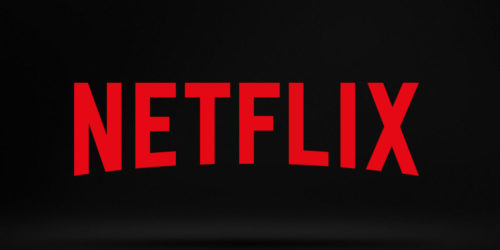 What’s more, television seems to be doing a much better job of tapping into pop culture than film. Part of that is because TV shows have shorter production cycles, so they can be more responsive to culture. Netflix’s big budget is another big reason: With some 700 series in production for 2018, there are so many more opportunities for showrunners to take chances creatively.
What’s more, television seems to be doing a much better job of tapping into pop culture than film. Part of that is because TV shows have shorter production cycles, so they can be more responsive to culture. Netflix’s big budget is another big reason: With some 700 series in production for 2018, there are so many more opportunities for showrunners to take chances creatively.
Case in point: Tiffany Anders, the music supervisor on the show “Everything Sucks” — a show every bit as rich in musical nostalgia as “Freaks and Geeks” or “Stranger Things” — was given a green light to dig deep into ‘90s indie music to give that show a richer feel. While tracks from Spacehog and Oasis might have captured viewers’ attentions, the Sebadoh and Ned’s Atomic Dustbin song placements let her give a nod to the music she grew up with.
“It’s always difficult [to balance song selection] and I think we handled it by doing things like balancing giant songs with things that were not so giant and being able to really search and balance it that way,” Anders tells Billboard. “I always love doing this because I feel like there are songs people missed, so there might be some discovery in there for them.”
The Role of Crowdfunding
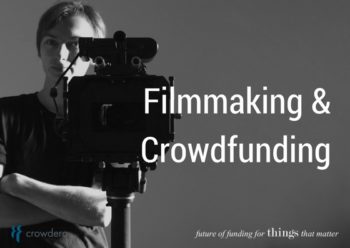 Follows also notes that crowdfunding has become a viable source of film funding for many projects. The Veronica Mars film passed the $7 million mark in crowdfunding, and shares the distinction of being one of two crowdfunded projects to raise more than $5 million, according to Fellows’ data. (That other film was Super Troopers 2.)
Follows also notes that crowdfunding has become a viable source of film funding for many projects. The Veronica Mars film passed the $7 million mark in crowdfunding, and shares the distinction of being one of two crowdfunded projects to raise more than $5 million, according to Fellows’ data. (That other film was Super Troopers 2.)
New rules from the U.S. Securities and Exchange Commission (SEC) are likely to expand options for crowdfunding films, as well, according to Mark Litwak at IndieWire. The new rules, based on the 2012 Jumpstart Our Business Startups (JOBS) Act, allow securities to be sold via crowdfunding and set parameters for those sales — allowing crowdfunders not only to contribute to film projects, but actually invest in them.
Conversational Shifts: Social Commentary, Diversity and Real-Life Events
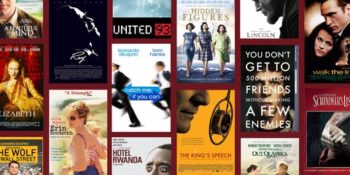 The content of film is also changing to reflect the social milieu in which it is produced. Recent pushes for better representations of human diversity and diverse viewpoints have led to a corresponding increase of films told from the perspectives of women, characters of color and disabled characters, according to Baptiste Charles at Raindance.
The content of film is also changing to reflect the social milieu in which it is produced. Recent pushes for better representations of human diversity and diverse viewpoints have led to a corresponding increase of films told from the perspectives of women, characters of color and disabled characters, according to Baptiste Charles at Raindance.
Short-form documentaries are also gaining new attention. Bryn Beausoleil recently covered the multiple panels dedicated to the discussion of short-form documentary trends at SXSW, one of which focused solely on the trend’s intersection with both broadcast and streaming television. Social commentary is on the rise not only in documentaries, but also in other types of films, perhaps reflecting the intense social self-consciousness of the era.
Case in point: Horror films are also seeing a resurgence, according to Follows. The number of horror films made in 2016 was double the number made in 2006 and 20 times the number made in 1996, according to Follows’ numbers. Art always mirrors its cultural context in some way, and the alternate realities of the horror genre often act as a grotesque reflection of our own lived realities.
The rise of social commentary in film may have a democratizing feedback-loop effect, researcher Ian Huffer argues in an article in Cultural Trends. When online options make film easier to access, Huffer argues, it builds more connections between audiences and content. These connections both give audiences a richer field of storytelling tools with which to understand their own circumstances and provide a common cultural vocabulary with which to discuss those experiences with others.
While the vast majority of documentary and horror films are independent films, often with smaller budgets, Hollywood continues to look to adaptations, prequels and sequels to maintain its own revenues. Follows estimates that the number of remakes and reboots will continue to decline, but the number of other types of derivative films produced by major companies will likely increase — during a time when companies like Netflix are investing heavily in original content in order to grab new audiences.
How It’s Done: Found Footage, Mobile and Tech Tools
 Unsurprisingly, technology is driving new trends in film — but it’s not always driving them in futuristic ways.
Unsurprisingly, technology is driving new trends in film — but it’s not always driving them in futuristic ways.
The Los Angeles Film School notes an increase in the use of handheld or “found” footage, as well as an increase in the use of practical effects, either alone or layered over CGI. These retro-esque tools are popular in both horror and documentary films, where they’re often used to provide a more tangible uncanny feel.
In the world of professional cinematography, large-format cameras are becoming more popular. Benjamin B at American Cinematographer describes many of the reasons filmmakers are taking these cameras more seriously, including the fact that they have a longer focal length than a Super 35, which can make scenes feel more natural by more closely mimicking the behavior of the human eye.
Pre-Trend Trends: The Anticipated Arrival of VR and Interactive Film
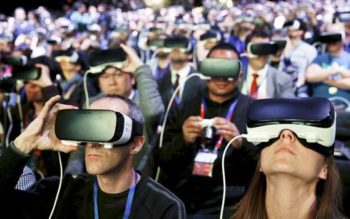 Virtual reality and interactive films aren’t as widespread as the other trends we’ve listed here, so we’re hesitant to say they’ve reached “trend” status. But both options are well on their way.
Virtual reality and interactive films aren’t as widespread as the other trends we’ve listed here, so we’re hesitant to say they’ve reached “trend” status. But both options are well on their way.
2016’s Late Shift was billed as the first-ever interactive feature film, allowing audiences to influence the characters’ behaviors and the story’s outcome. Yet, in a sense, the interactive nature of film has been on the rise for as long as films have crossed over with video games — allowing audiences to watch the stories they’ve already come to interact with.
Filmmakers will have much to learn from video games as interactive film becomes more popular, says Charles at Raindance. Some video games have even taken on the feel of an interactive film. For instance, 2015’s Life is Strange and its 2017 prequel, ‘Before the Storm, maintain a relatively linear storyline but allow for several different events to occur, depending on how the player chooses to respond to various events.
The time is ripe for virtual reality in film, as well, says Susan Ruskin, dean of filmmaking at the University of North Carolina School of the Arts. The school’s current projects include an augmented-reality version of Big Rock Candy Mountain, in which students are experimenting with a number of technological features to enhance the audiovisual experience of the old folk song.
Hannah White, creative director at IoT for All, suggests that VR could revitalize a lagging theatre industry, but notes that filmmaking has much to learn about how to use these tools to enhance the cinematic experience rather than simply overwhelm viewers.
At the MIT Technology Review, Ty Burr was even more blunt: “VR will never become the new cinema. Instead, it will be a different thing.” Burr’s concern is that VR movie viewers will never enter the story, instead choosing to hang around iconic locations like Casablanca’s Cafe Americain or Harry Potter’s Diagon Alley forever.
But this may be another site at which virtual reality can learn much from video games. The popularity of 2016’s AR-based Pokemon Go demonstrates that audiences are excited for interactive, world-based media, says Charles, and it got them moving.
The confluence of technology and social issues has supported the rise of film trends that speak volumes about our current anxieties, as well as our hopes. “The advances that are happening are both advances in technology and storytelling,” says Ruskin. “Every three months, there’s an advance in technology, and every time the technology advances, the storytelling advances as well.”
As tools like virtual reality continue to develop, our ability to tell our stories will continue to advance.






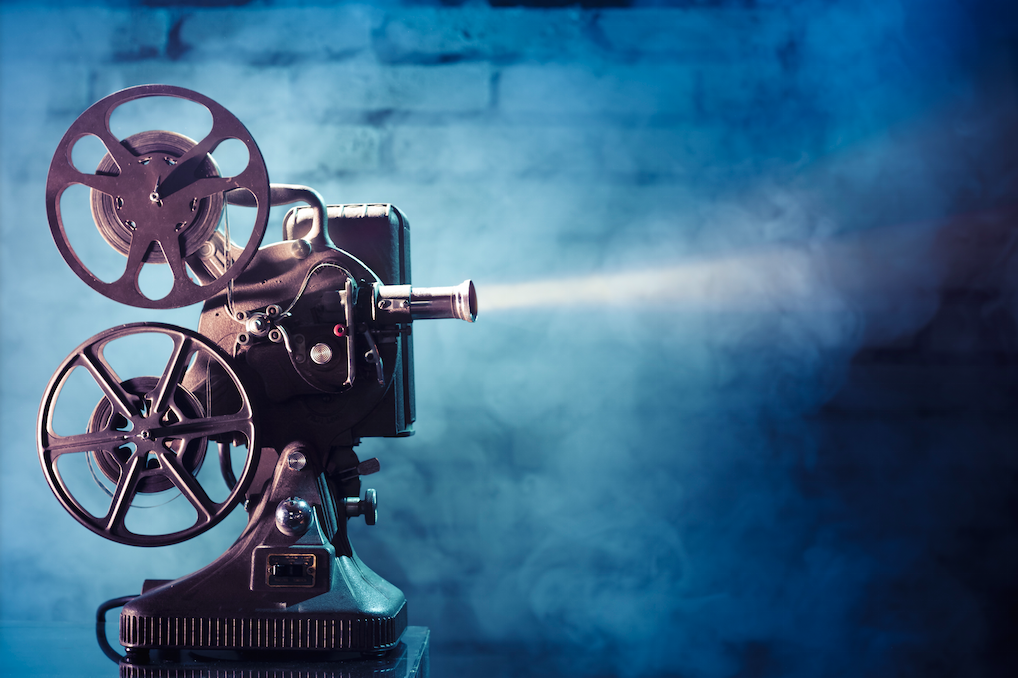
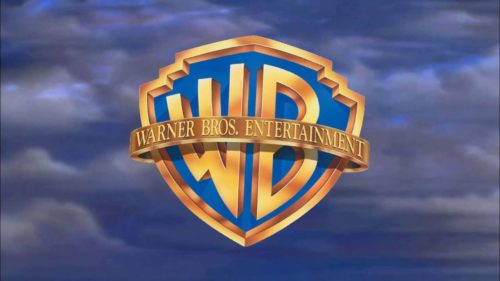
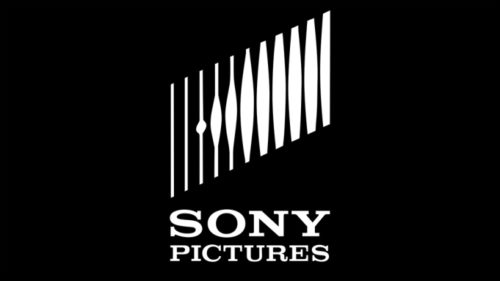
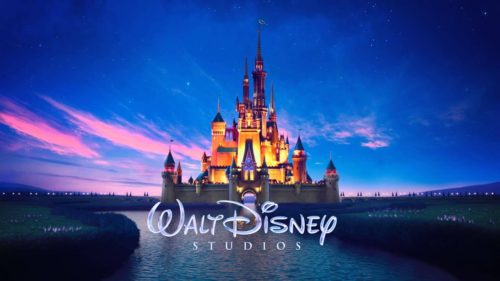
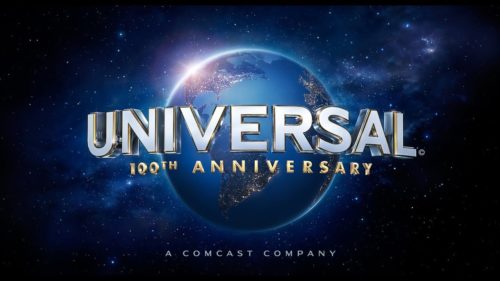
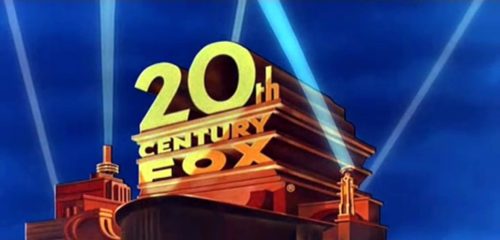
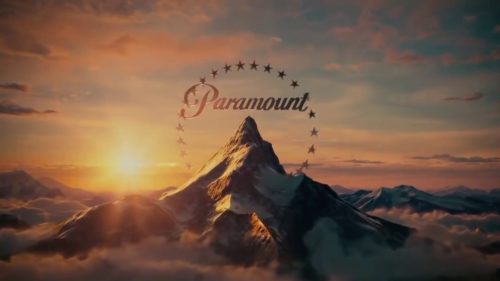
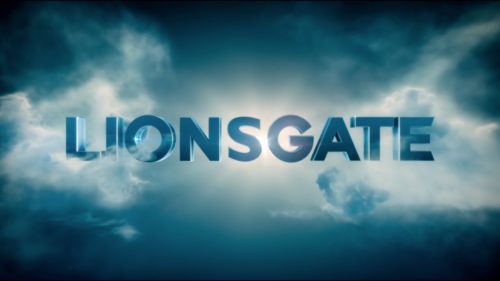
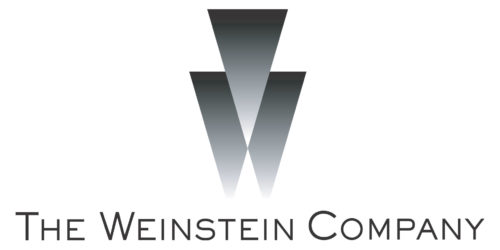
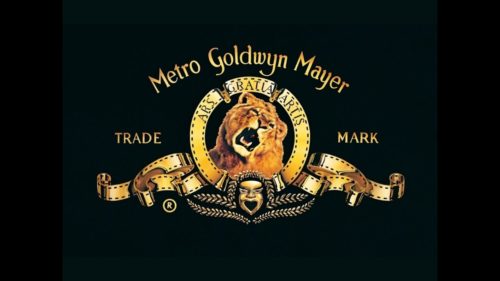
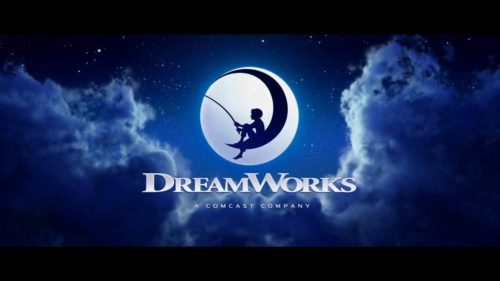

Leave a Reply